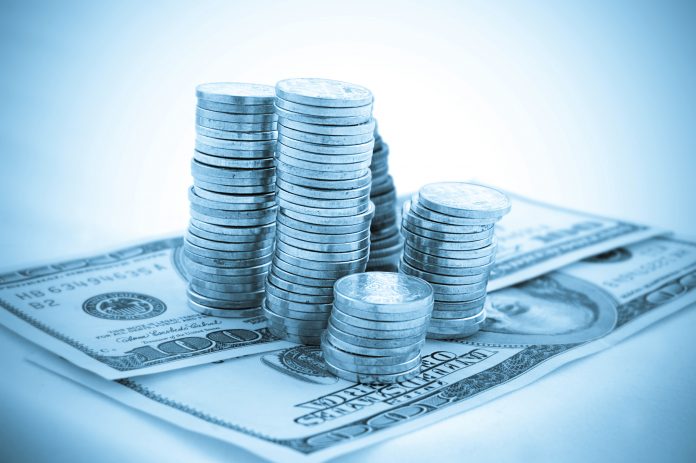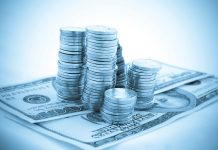The DXY Dollar index, the index that measures the U.S. Dollar’s value against a basket of major currencies, fell sharply in value, moving from 96.02 all the way down to 93.10. Behind the move was the specter of more money printing by U.S. authorities in the form of even more stimulus, coupled with near zero interest rates. Yet, although gold, silver and stocks all rose, there was no sign of inflation which would normally be something seen as a result of increased money supply. Thus the consensus appears to be that the excess liquidity is finding its way into select assets possibly in readiness for a steeper drop in the Dollar along with higher inflation in the future. Against the Thai Baht, the dollar weakened also, moving down from 31.67 to 31.12.
The British Pound has arguably been one of the beneficiaries of the weaker Dollar moving up from 1.2569 to 1.3092 to the Greenback. There was consolidation at the highs but no reversal as yet. The 1.30 mark remains an area of interest since Sterling has not traded significantly above that level for quite some time. It will be interesting to see if that level can hold as a foundation for more gains ahead. Against the Thai Baht, the pound moved from 39.67 to 40.74, a gain of 2.5 per cent.
The Japanese Yen has not yet taken to the stage as a safe haven currency as may have been expected at a time of Dollar weakness. This could be due to rising asset prices, which typically do not portend Yen strength. The JPYUSD cross rate moved from 107.09 to 106.98 after dipping to a low of 104.68, and so is flat over the period. Against the Thai Baht the Yen was similarly flat rising from 0.2910 to 0.2968 before falling back to 0.2897.
The Russian Ruble further weakened against an already weakening U.S. dollar, moving from 70.79 to 72.75, a move of almost three per cent. News of Russia being the first country to roll out a vaccine did little to reverse sentiment. Against the Thai Baht, the Ruble fetched 0.418 baht, down from 0.438.
The Euro, as the largest weighted currency against the US Dollar, rose as it was naturally on the other side of the Dollar trade. The Euro extended its stellar rally from 1.1403 to 1.1840 almost in a straight line. Interestingly, the European Central Bank has itself embarked on massive QE and monetary easing over an extended period of time, so it is worth keeping in mind that it is also printing money at a fast rate. Against the Thai Baht, the Euro moved from 35.86 to 36.83, another new multi-month high.









